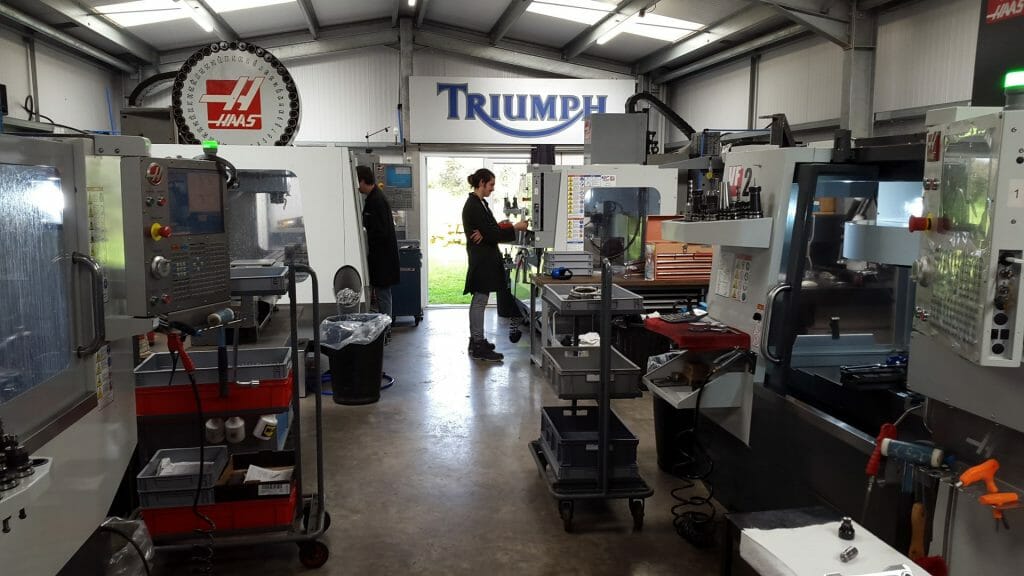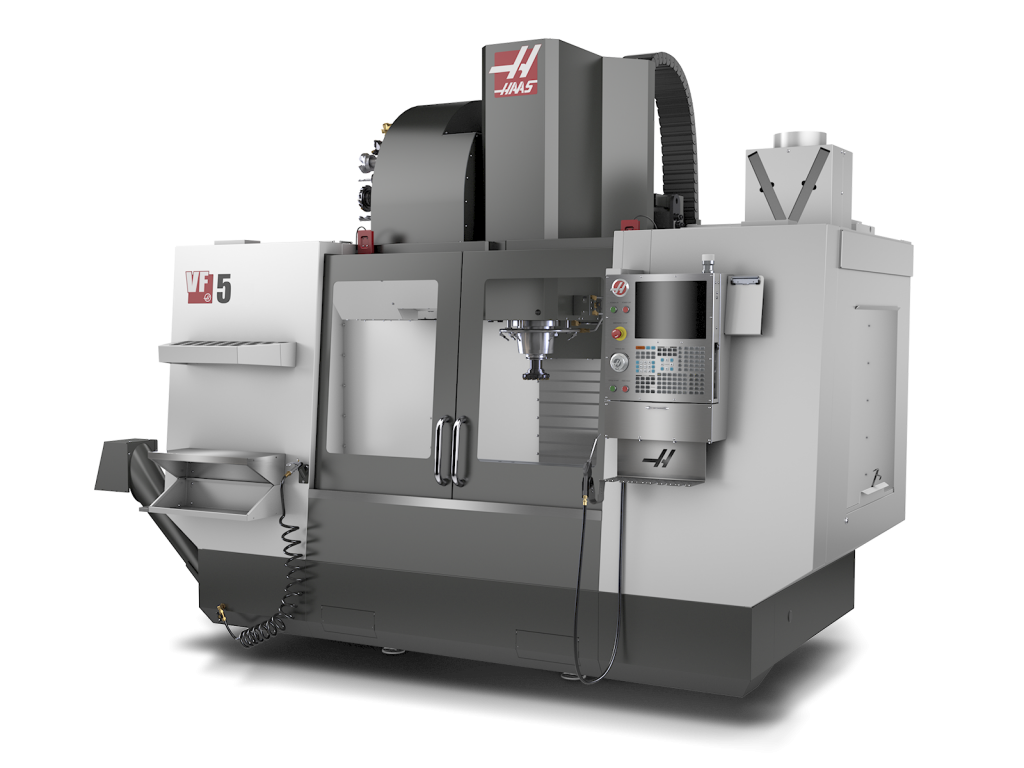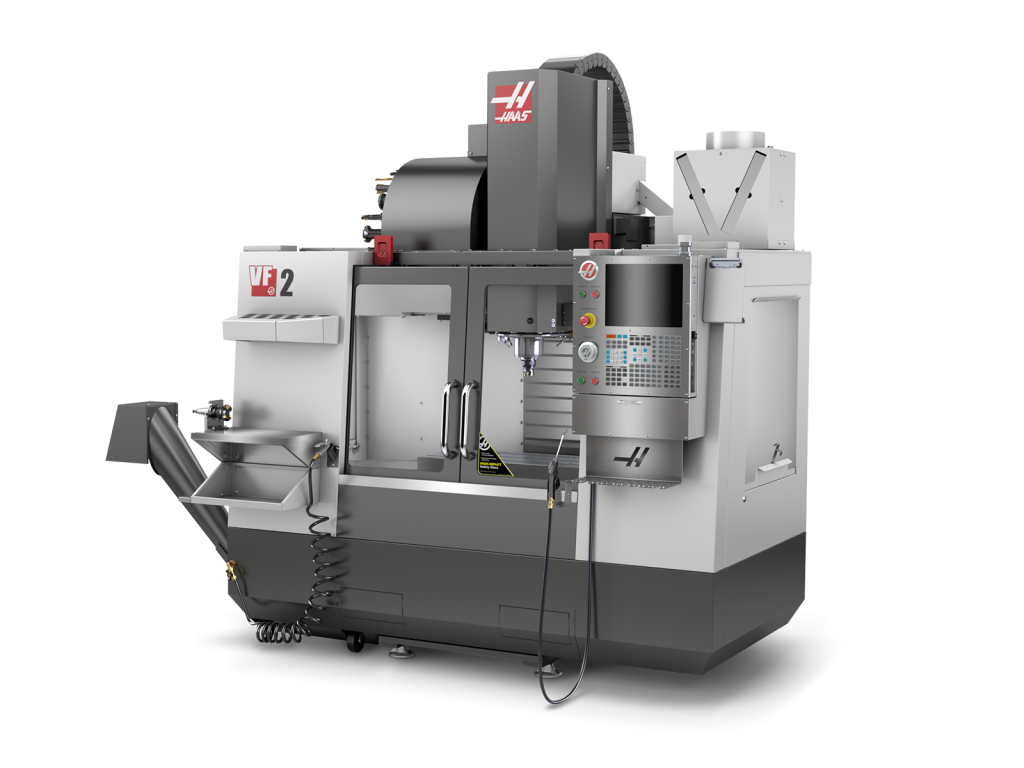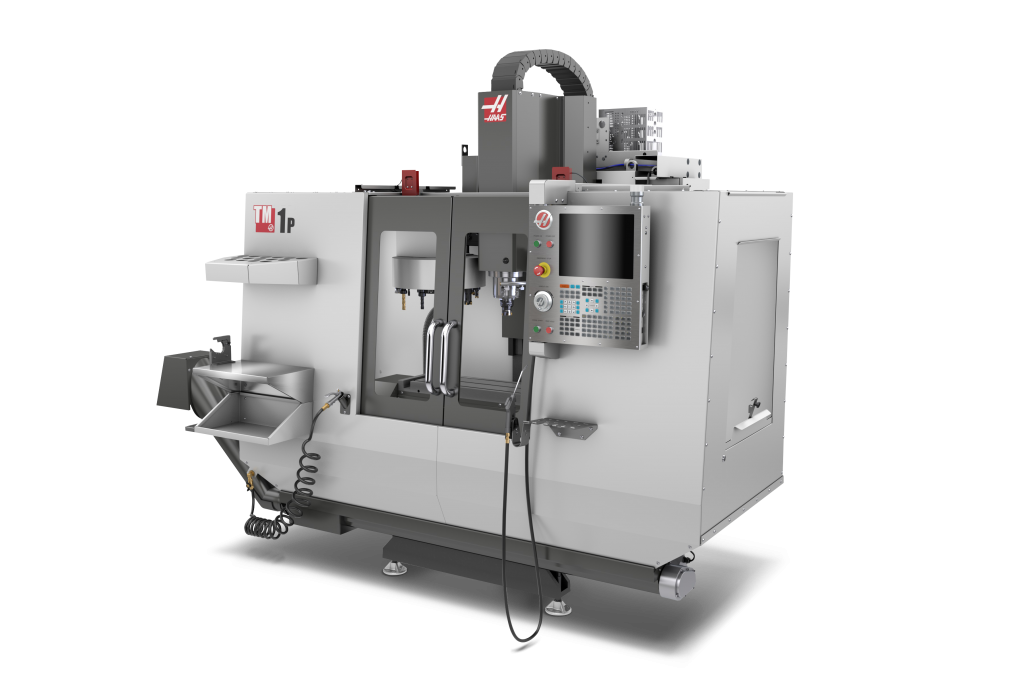LONGSHORE ENGINEERING
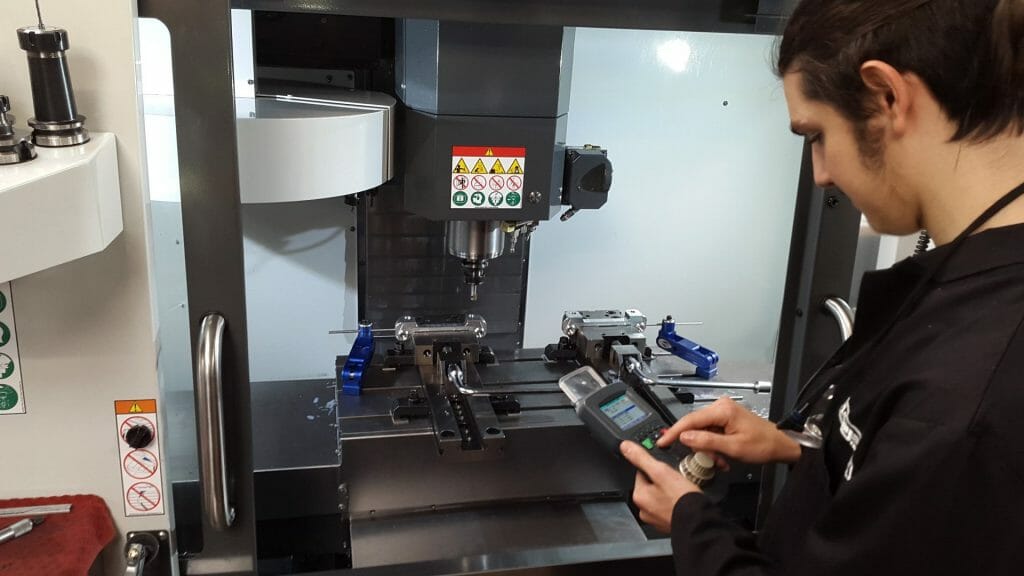
Longshore Engineering was founded in 2003 as a design and development house for scientific instrumentation. Owner, Dylan Simpson had been working as a toolmaker, but frustrated at the lack of good sub-contracting, he decided to form his own CNC machining business. His former employer was his first customer.
Initially limited by a small budget, Dylan’s first CNC machines were second hand, but in 2008 he got talking to Haas. “They quoted me for a TM-1 toolroom Mill. It was such a great price I bit their arm off!”
Soon he had exchanged all of his machines for Haas, and is now the proud owner of five mills, including a VF-5 vertical machining centre equipped with a 5-axis trunnion. The VF-5 has a generous 1,270 x 660 x 635 mm envelope, and the 8,100 rpm spindle and 18m/min rapids deliver fast, versatile machining.
Today, the Cornish factory has three principle industries; scientific instruments, motorsport and toolmaking. Recent projects include rally sport components and parts used in drug discovery instrumentation. The focus is on delivering machine parts to customer drawings with speed and accuracy. Using Autodesk CAD & SprutCAM, everything is programmed offline to improve efficiency.
For Longshore’s latest investment, a VF-2 vertical machining centre, Dylan opted for a 4-axis rotary table. “The 4 and 5 axis units give us flexibility. We get longer cycle times with less manpower. The new machine is the best yet. The spindle and motor are very efficient and are also quiet, which is important in a small factory. With improved cycle times and ease of set-up we can machine parts twice as fast.
“The company has been flying in the last three years; we’ve doubled our turnover. We were quieter during the Covid-19 lockdown, but we never stopped machining. I was even coming in over the weekend to make visor moulds for the NHS. We’re busy again now, getting orders from a vast number of new customers. We have a good team, some keen apprentices and we invest in training.”
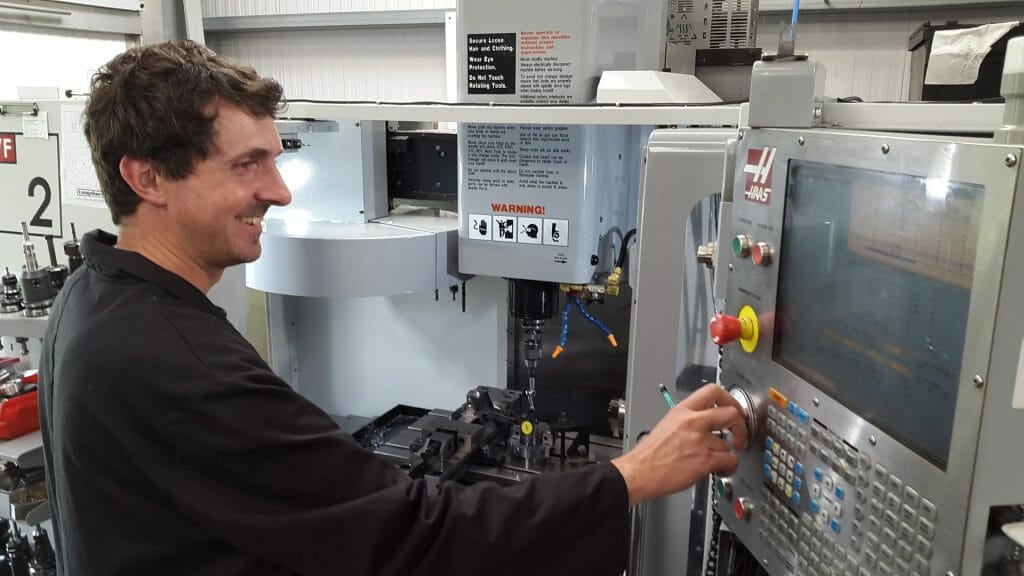
Dylan didn’t need the basic training for his newer machines, having a good grasp of the Haas’ universal control so he banked the days which were offered as part of the new purchase packages. “We’ve got a very complicated job in motorsport development coming up; we’re going to be pushing some boundaries. Our local engineer, Matt Clark, is spending a couple of days with us to help with the project and also give us some training on the Renishaw probing system. We have a great relationship with Matt, he really knows his stuff.
“I’m a big fan of the Haas ethos, it matches us here at Longshore. Everything is made in one factory in the USA, it isn’t bought in and re-badged. They are fast, well equipped machines at fair prices. In return we maintain them well. Every spindle runs for every hour we’re in the factory. We’ve had a total of two breakdowns since 2008 which I think is pretty remarkable. That’s reliability we can trust.”
